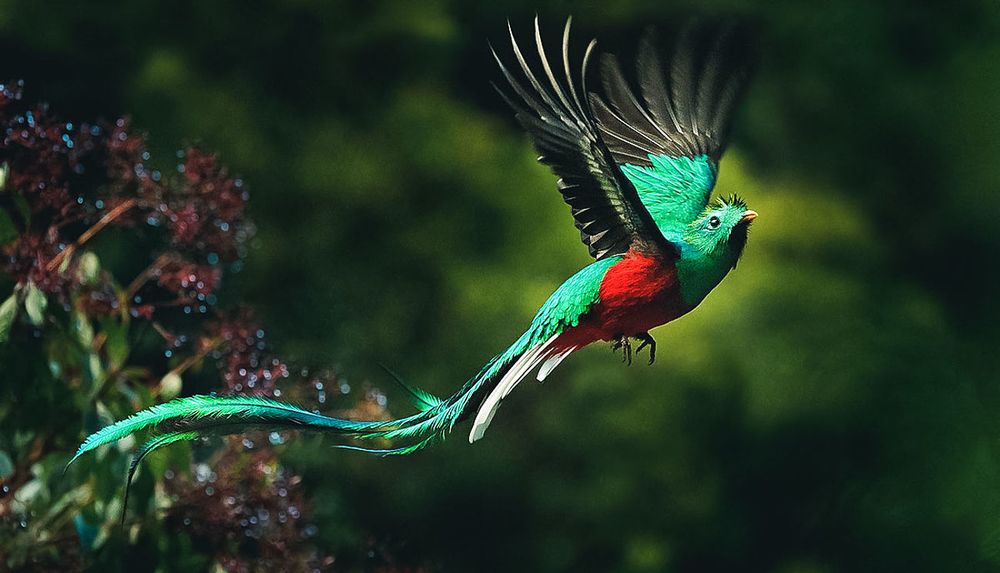The Great Bangweulu Basin, incorporating the vast Bangweulu Lake and a massive wetland area lies in a shallow depression in the centre of an ancient cratonic platform, the North Zambian Plateau. The basin is fed by 17 principle rivers from a catchment area of 190 000 kms2 , but is drained by only one river, the Luapula.
The area floods in the wet season between November in March, receiving an average annual rainfall of about 1200mm, but 90% of the water entering the system is lost to evapo-transpiration. The resultant effect is that the water level in the centre of the basin varies between one and two meters, causing the floodline to advance and retreat by as much as 45 kilometres at the periphery. It is this seasonal rising and falling of the flood waters that dictates life in the swamps.
Man has inhabited the periphery of the swamp area for hundreds of years as it has always provided a rich source of food. But the area is so incredibly vast, it is largely left to the the multitudes of wildlife that dwell of the rich resources. The current inhabitants of the Northern Province are descendants of a series of emigrations from the Congo Basin. The earliest settlers were known as the Ba-twa or Wild Men by the more recent arrivals. Formerly they occupied the islands around the confluence of the Chambesi with the Luapula Rivers and lived by fishing and hunting from temporary shelters. Today they have become assimilated into the surrounding tribes building permanent villages, cultivating and speaking the same Bemba language.
Vegetation
The higher ground surrounding the Bangweulu is dominated by miombo woodland intersected by numerous dambos. The floodplain itself is dominated by grasslands varying in composition according to the depth and duration of annual flooding. For the most part, the swamps consist of areas of open water surrounded by permanent dense stands of Papyrus grass and Phragmites reeds which are only accessible by shallow canoe via an intricate network of narrow channels.
In contrast, the temporarily inundated floodplains, grasslands and woodlands provide for a greater range of vegetation types and as a consequence a greater diversity in the bird an animal species who inhabit these areas at various times of the year.
Numerous termite mounds are scattered over a wide area. They are such a feature of this environment that Livingstone once described the Bangweulu floodplain as "a world of water and anthills." These raised mounds act as small islands safe for any flooding and allow the survival of various tree seedlings. Over time these trees have become well established with the result that a woodland has developed and contains good examples of water berry, Syzygium cordatum, sausage tree Kigelia africana and several figs, to name but a few.
























